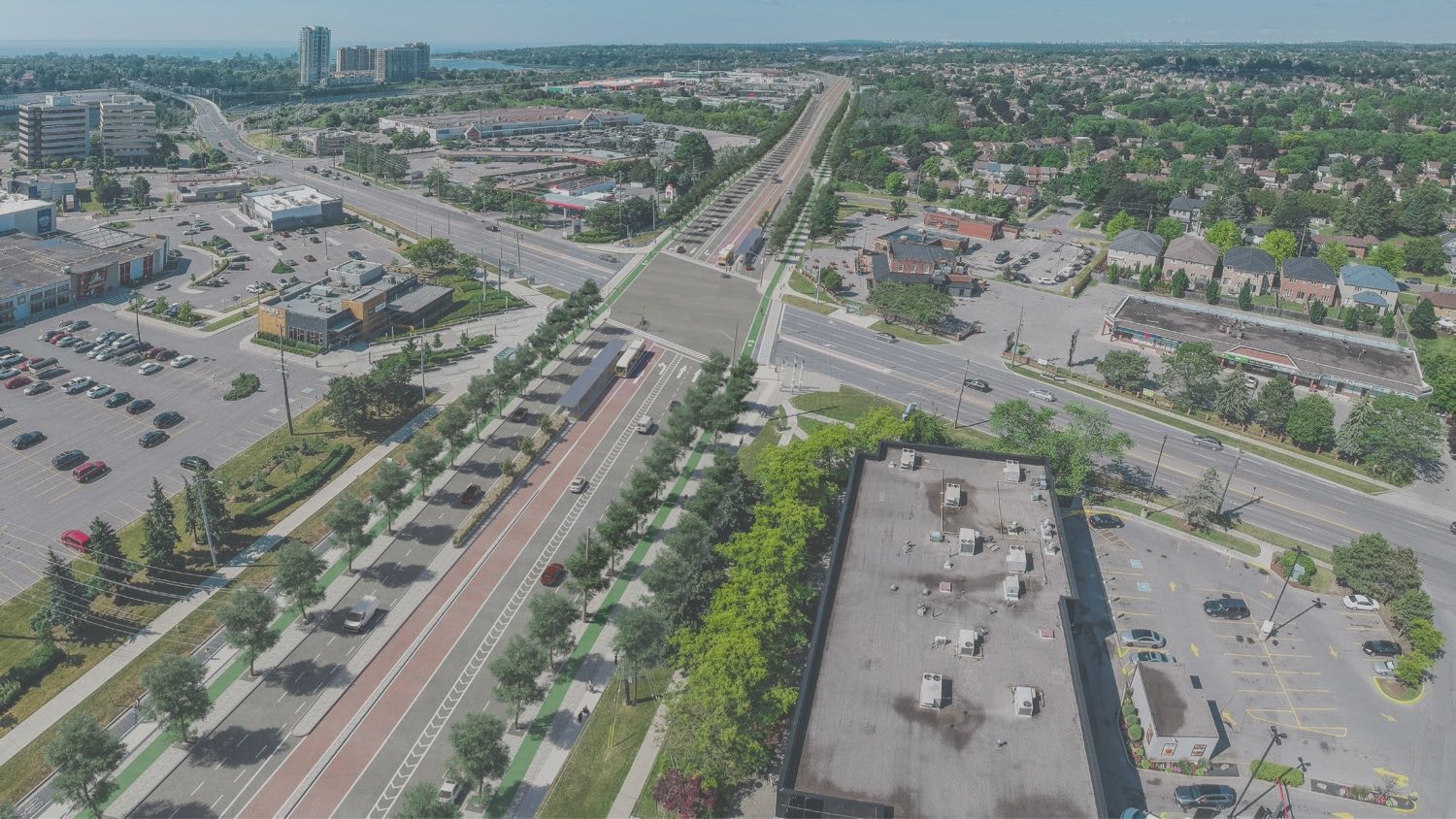
Durham-Scarborough BRT
- Projects & Programs
- Durham-Scarborough BRT
- Get Involved
- Durham-Scarborough BRT PIC - Environment
Public Information Centre - Environment
The Durham-Scarborough Bus Rapid Transit project undertook the Transit Project Assessment Process, a streamlined Environmental Assessment process under Ontario Regulation 231/08. To support the project, environmental studies were completed to document existing conditions and assess any potential impacts from the bus rapid transit project.
Field investigations were undertaken in 2019 and 2020 to collect data on existing conditions.
The studies help determine potential impacts and document mitigation measures that could be applied to reduce or eliminate potential impacts. Mitigation measures proposed will be used by the design team to review and improve the design.
These studies form part of the Environmental Project Report, that was posted for public review.
Impact assessments
Impact assessments were also conducted for"
Air Quality
Data from air quality monitoring stations was examined to determine existing conditions.
Archaeology
A Stage 1 Archaeological Assessment was conducted to determine study area's archaeological potential.
Climate Change
More sustainable transportation choices that lead to increased climate resiliency.
Cultural Heritage
Corridor review to identify known and potential cultural heritage properties.
Natural Heritage & Tree Inventory
Field investigations undertaken to examine natural heritage features and tree resources.
Noise & Vibration
Aerial and street-level photography was examined to determine noise and vibration sensitive receptors.
Phase I Environmental Site Assessment
To determine if current or historical uses have impacted the soil or groundwater.
Socio-economic Conditions
Census data reviewed to determine population and business density, age structure, household income, immigration and education.
Stormwater & Structures
Major culverts and bridges identified along the BRT corridor were reviewed to understand existing hydraulic and structural conditions.